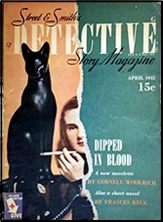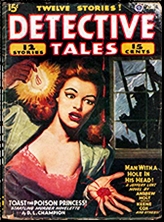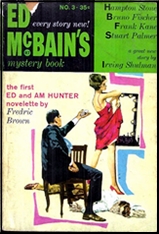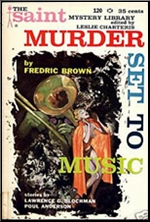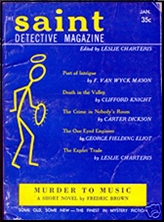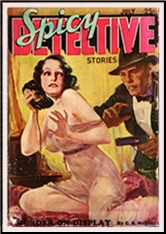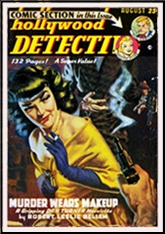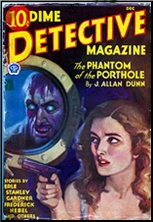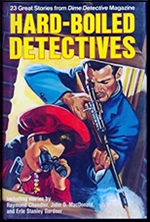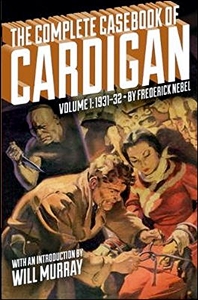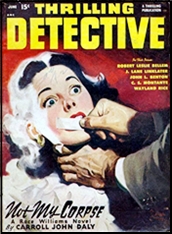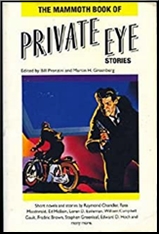Thu 20 Jan 2022
Stories I’m Reading: DOROTHY B. HUGHES “The Homecomingâ€.
Posted by Steve under Stories I'm Reading[4] Comments
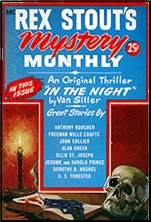
DOROTHY B. HUGHES “The Homecoming.†Short story. First published in Murder Cavalcade (Duell Sloane & Pearce, 1946, the first MWA Anthology). Reprinted in Rex Stout’s Mystery Monthly #9, 1947, and Verdict, July 1953. Also reprinted in Best American Noir of the Century, edited by James Ellroy & Otto Penzler (Houghton Mifflin Harcourt, 2010).
There isn’t a lot that’s new in this chilling short story of a jilted lover’s leap into madness and revenge. When “Hero Jim†comes home from the war as just that, while stay-at-home Benny’s contribution to the war effort was limited to working in his home town’s recruiting center, it’s no wonder that the latter feels the way he does when Nan takes up with Jim again.
No, it’s the telling that will this tale stuck in your head for a while. Hughes’s prose is both poetic and incisive. The reader knows exactly what is going to happen and can’t look away. An ordinary writer whose talent was confined to the level of the pulp magazines at the time simply wouldn’t have been up to the challenge. Dorothy B. Hughes simply nails it in “The Homecoming,†a small noirish gem of a tale.
And one quite worthy of an author whose novel-length work was responsible for movies such as The Fallen Sparrow (1943), In a Lonely Place (1950), and Ride the Pink Horse (1947), each one an absolute classic of the film noir genre.
